Steve McQueen loses his cool: The Getaway on and off-screen
February 8, 2018 By Go BackThe following essay includes descriptions of violence toward women and quotes which contain graphic language.
By the time he made The Getaway in 1972, Steve McQueen was just about everybody’s idea of the embodiment of cool. Everybody except Sam Peckinpah, that is, and Peckinpah was McQueen’s director. He found McQueen, also the film’s producer, and at the time one of the most powerful Hollywood players of the day, to be a royal pain in the ass, which is to say not cool at all.
Screenwriter Walter Hill, thrilled to be having one of his first screenplays produced (based on a novel by the pulp scribe Jim Thompson), later described what the climate was like between producer-star and director: “Steve and Sam had violent fights,” recalled Hill, later to become a made Hollywood filmmaker (The Long Riders, 48 Hours) in the Peckinpah mode. “I mean real fights… I saw one where Steve threw a big magnum of champagne at Sam and almost killed him. Sam ducked just in time. I came in the next day and there was a big hole in the wall where this giant bottle had gone half-assed into it like a cannonball.”
Something had clearly happened between Steve and Sam since the release of Junior Bonner earlier the same year. The story of a slightly past-prime rodeo rider returning home to confront his past and family, the film revealed a side to Peckinpah, forever pegged as an ultraviolent stylist following the rhapsodic bullet ballet that was 1969’s The Wild Bunch, that surprised just about anyone who saw it. It was gentle, intimate and character-driven. The problem was, almost no one saw it: “I made a film where nobody got shot and nobody went,” Peckinpah drily noted.
As frustrated by the failure of Junior Bonner as Peckinpah was, McQueen eagerly signed on to make The Getaway – a movie as kinetic, violent and thick-skinned as Bonner was still, reflective and sensitive. There the romance ended. The one between director and star that is. Another romance flourished right under the lenses of Peckinpah’s crew, and it didn’t make things any easier: McQueen, a legendary conqueror of the opposite gender, had taken a fierce shine to his co-star Ali McGraw, and she shone right back:
“One night (in San Antonio) we went together to a small local party,” Ali recollected. “Halfway through the evening, sufficiently loaded, he began carrying with two local beauties right in front of me. I was livid, and left the party. Later that night Steve returned, and I could hear him in his apartment next door with the two girls. It was excruciating. The next morning he sauntered out onto his front step and casually asked if I wanted to come and make him breakfast. And the amazing things is, I went in and cooked it. He had a kind of spell over me, with all of his macho swaggering. For a while I found it sexy. Here I was, out in the wilds of Texas with the man’s man of all time.”
Out in the wilds maybe, but not out of sight. Throughout the shooting of The Getaway, the biggest Hollywood tabloid story on the planet was the not-so-secret affair erupting between McQueen and McGraw, who somewhat inconveniently also happened to be married to Paramount chief Robert Evans. Evans, outraged at being so publicly cuckolded, not only sent a bodyguard to keep an eye on his wife and clear of McQueen, he came to the already disruptive set and threatened to pull McGraw out and take her home, finished film or not.
It was futile. The heat had melted and melded the lovers’ hearts. “My wife was fucking another guy,” Evans put it plainly some years later. “And I had no idea. She has as much interest in being with me as being with a leper. She was looking at me and thinking of Steve McQueen’s cock.”
In a way, the off-screen operatics served the onscreen saga: The Getaway is about Doc McCoy, a lifetime pro criminal sprung from jail by corrupt businessman Jack Banyon (Ben Johnson), with the provision that Doc execute a heist on Banyon’s behalf. To prove his indentured status, Doc has to accept that his ex-wife Carol (McGraw) has slept with Banyon to seal the deal. When the couple defy all orders and take off with the loot, the world gives pursuit. The Getaway is basically an outlaw-lovers-on-run movie with its sheer momentum and calculated mayhem – such as Doc’s shotgun assault on an unmanned police cruiser, repeated explosions of violence in the least likely places (living rooms, hotel corridors, business offices, etc.) but especially Doc and Carol’s “getaway” in a trash dumpster that leaves them stranded in a vast and ugly landscape of smoke and trash. Their love is, in other words, a star-crossed one, and the forces arranged against them, who will shoot to kill to abort the affair, are too easily read as fictional metaphors for the real drama, which was McQueen’s flaunting of just about everybody’s authority just for the untouchable superstar fun of it.
Considered in the context of all this smoke, dust, dirt and distraction, it’s amazing that The Getaway holds up at all, let alone as a prime example of the kind of lean, kinetic, cynical and blunt-tempered crime thriller of its day. (A kind that is truly not made today.) Consider the elements lined against it: McQueen was the film’s co-producer as well as its star, which means he had final say in the script, approval over the director and cinematographer’s creative choices (which prompted the equally irascible, combative, substance-abuse prone and hopelessly anti-authoritarian Peckinpah to unkindly note: “He chose all these Playboy shots of himself. He’s playing it safe with these pretty-boy shots.”
No shirker on the well-oiled tantrum front himself (“I can’t direct when I’m sober,” he was heard to say on this set and others), Peckinpah bristled like cactus at the apparently whimsical authority of his star. If McQueen wanted to blow up an unmanned cruiser with a 12-gauge even if it wasn’t necessary to the plot, so be it. If McQueen got petulant about the amount of time Peckinpah was prepared to allow the parallel story of the psychotic thug (Al Lettieri) in pursuit of the couple, so be it. (When Lettieri, best known as the conniving heroin-peddling Solozzo in The Godfather, learned that McQueen was insisting that the former real-life thug had too much screen time for McQueen’s liking, and ordered the role shortened, Lettieri responded in appropriate fashion under the circumstances: he allegedly threatened to kill McQueen’s family.
The discrepancy between McQueen’s worldwide brand of consummate cool and his real-life performance as an uncompromising and narcissistic hardass was given vivid illumination by Marc Eliot’s 2011 biography of the star, a book that portrayed, in the words of one reviewer, the movie star as near-monster. McQueen regularly slept around on his wives and had a sincerely troubling habit of beating the woman he was involved with. If McGraw’s infatuation with the star was stoked by his demand that he make her breakfast after cavorting the previous night with a pair of local “fans,” it set the table for the ensuing dynamic: McGraw would be kept virtually imprisoned in their home, forbidden to work or see anyone besides McQueen. When drunk or challenged or both, McQueen would lash out. He’d punch, throw bottles and put guns to women’s heads, and according to the chauvinistic standards of the day, remain protected by an unquestioning press. As the reviewer in The Daily Mail wrote about the McQueen described by Eliot: “In interviews, he was nonchalant about his rough upbringing, as befitted his cool image, but the reality was a nightmare. Born to a teenage prostitute, he never knew his father — a circus stuntman who deserted her six months after they met. Abandoning him to live with a great-uncle in Missouri for years at a time, his mother would occasionally relent and take him back. By the age of nine, though, he was being beaten so badly by her new husband that he took to sleeping on the streets of Los Angeles.”
Today, we might look back at McQueen’s anger and misogyny as a kind of trauma originating in such hard, formative circumstances. Not in any way prone to deep self-reflection or examination, McQueen acted out his pain in the only way he knew how, and which he’d been so bruisingly schooled in as a boy and teenager. But if the guy in real life was a woman-hating thug, it must also be allowed that it was precisely this pain, and the man’s outward ability to suck it up and let it simmer just beneath the glam surface, that gave McQueen no small supply of what he needed to play “Steve McQueen.” The public persona was of a man calmly and unflappably under control, who could say as much – and often much, much, more – simply with a shift of those blue eyes or merely being present as he could with pages of dialogue. He radiated a kind of menacing, coiled stillness, a kettle with its lid rattling over boiling water. On screen, he channeled his personal pain and history into a state of stoic silence, and we loved him for it. His cool might have been a mask, a disguise adopted to render his own fears and anger as a kind of shining armour against intrusion and exposure. He played it cool because he had something burning inside. Which, let’s face it, was always there if we cared to look closely enough: on screen, McQueen’s poised stillness was always prelude to an explosion. He played cool as a kind of timed-explosive. It always led to something blowing up.
One of the more significant cultural developments in the twenty-first century, and especially in the past, post-Weinstein year, is the outing of public men who have been private abusers, and the result has taken its toll: careers ended, contracts ripped up, productions cancelled or re-cast, and the very real threat of bearing the outrages of the past as a permanent scar on one’s reputation. Most of those accused have been alive and compelled into making public statements, but others, like McQueen, have been exposed only in hindsight. But the damage might stick: watching the scene where McQueen slaps McGraw in broad daylight on the side of a busy highway, one can’t help but evoke the now-widely known fact that the violence, as convincing as the fury on Doc’s face, was no act. McQueen improvised it as cameras rolled, and the stunned McGraw nearly forgot her lines. McGraw stopped working in the years she was with McQueen – a wife’s place, in McQueen’s mind, was at home and uncomplaining – all the while enduring physical abuse, her husband’s brazenly open womanizing, and even a gun barrel to the temple when McQueen – often drunk, stoned and nailed to a favourite chair – learned the actress had had an affair with actor Maximilian Schell.
Whether it’s the cool or the brutal Steve McQueen whom history decides to record, the fact is the two sides are inextricable and mutually dependent. The cool, as phenomenally charismatic and sexy as it appeared on screen, was maybe Steve McQueen’s ultimate act. And he played it to uncommon effect and almost mythic stature. But it was a performance, an exercise in creating persona at the expense of the personal. Once so compellingly admired as a form of elevated zen-macho, the McQueen persona now feels disturbingly like a form of psychosis. The emotions aren’t under control but dangerously bottled up, and the eruptions of violence they always precede now read like subliminal eruptions of a traumatized child. If we needed Steve McQueen to be tough, quiet, deadly and gorgeous to look at, he gave it to us. We called it cool, but the scorch marks left behind tell another story altogether. Here was an angry, impetuous and deeply resentful wounded man, as cool really as fire that burned behind those eyes.







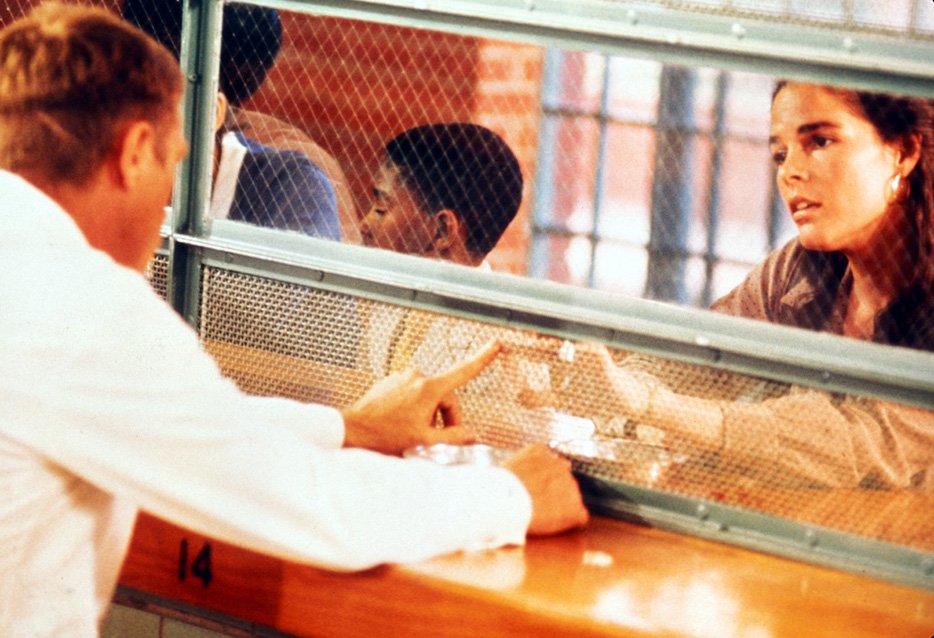
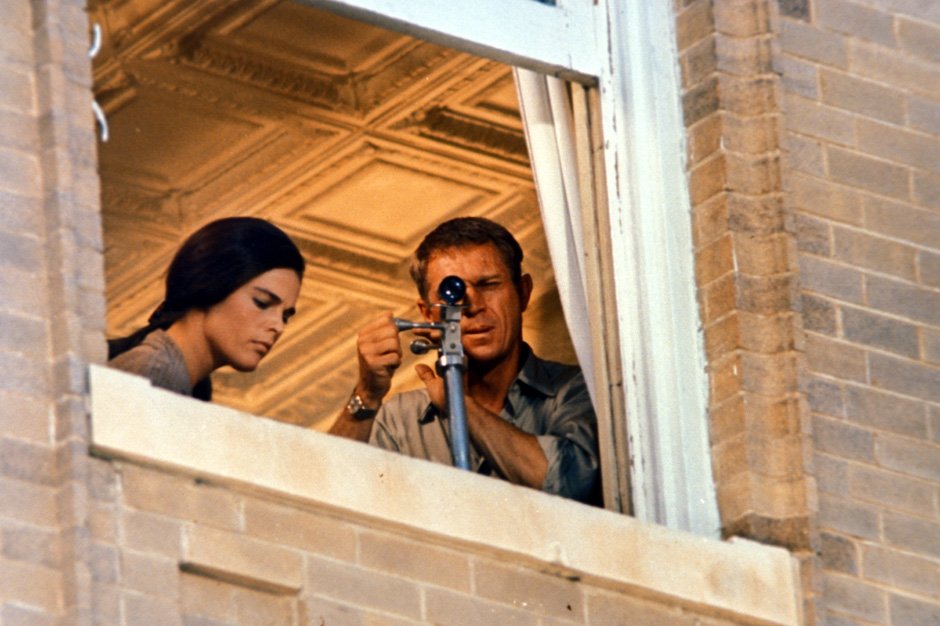
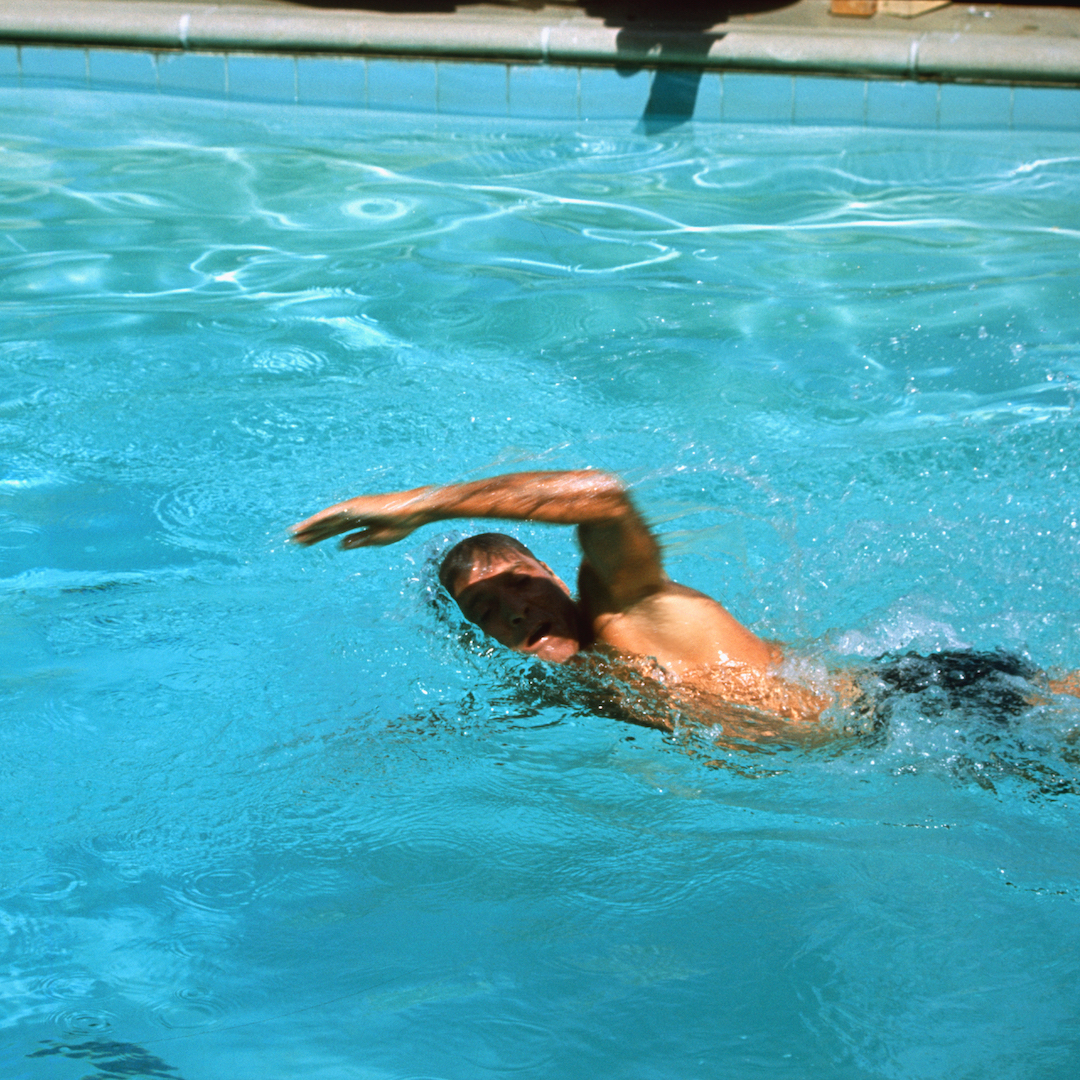

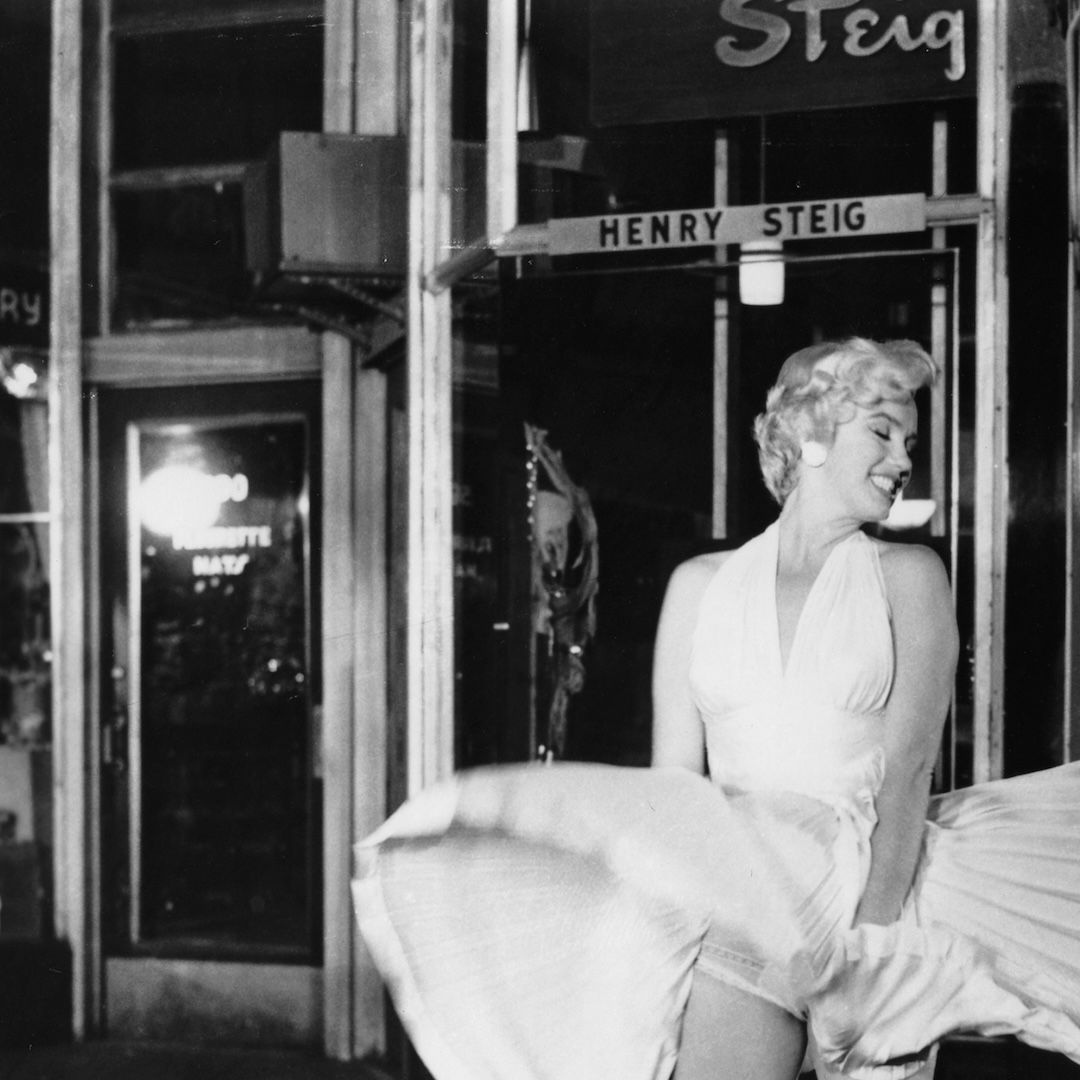

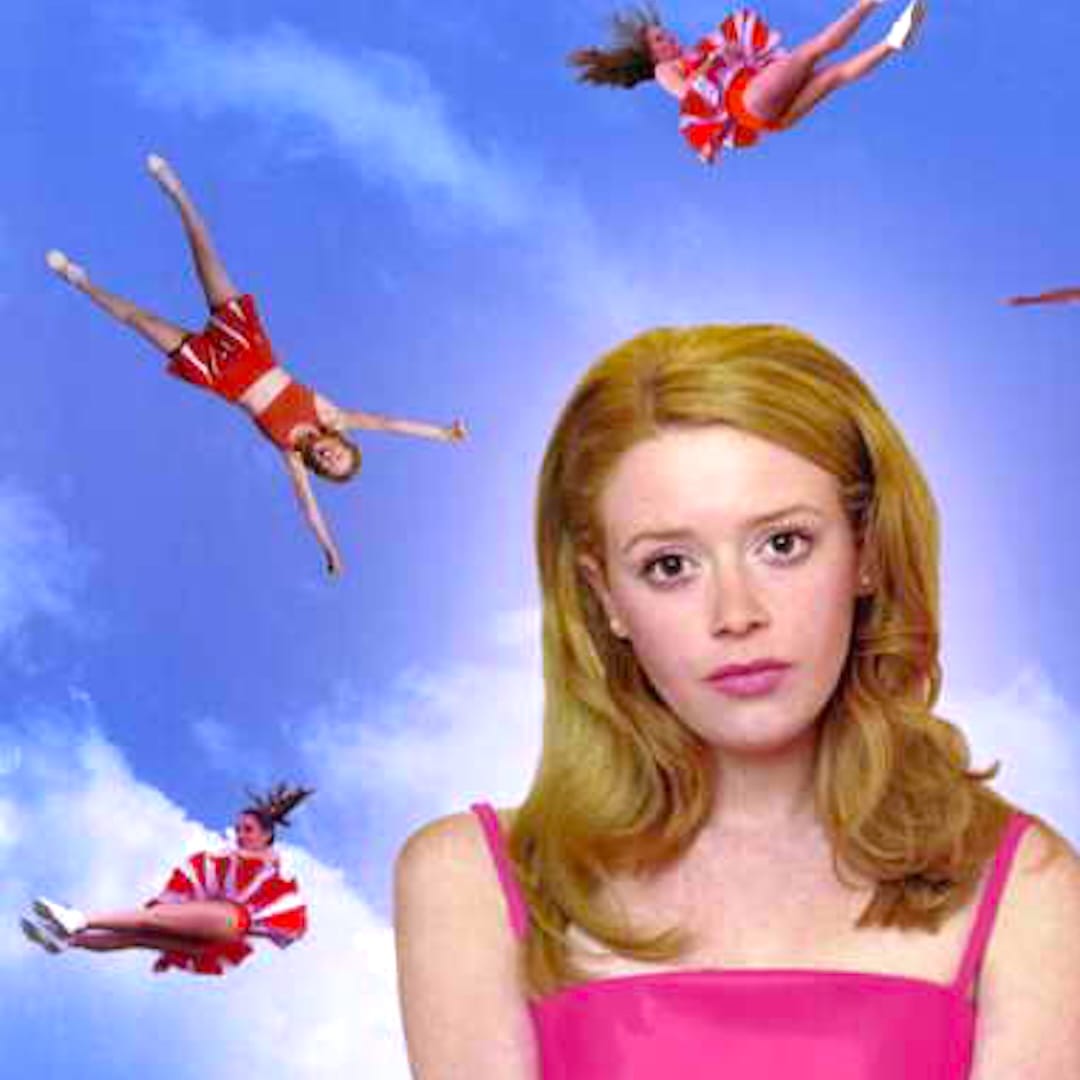

 Follow us on Instagram
Follow us on Instagram